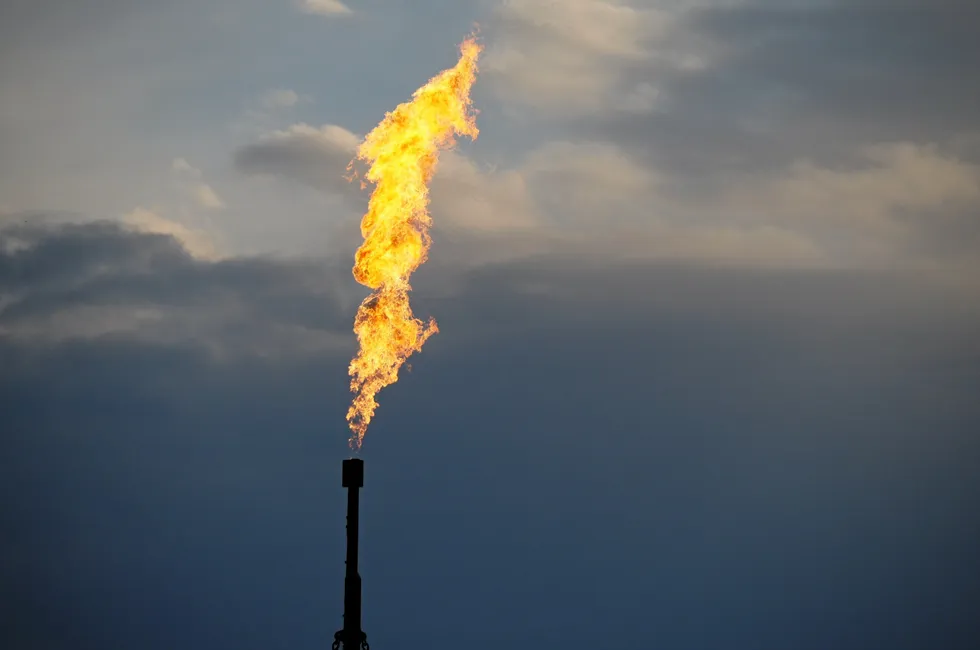We can stop gas flaring by turning unwanted methane into hydrogen, says German company
New solution can convert the otherwise burned fossil gas into turquoise H2 and solid carbon using pyrolysis technology

German hydrogen-focused company H2-Industries says it has developed a new solution to prevent the flaring of unwanted fossil gas at oil fields by diverting the methane to hydrogen production.
Instead of being burned on site, producing carbon emissions, the CH4 would instead be heated at high temperatures in the absence of air inside pyrolysis ovens, splitting it into H2 and a solid form of carbon known as carbon black.
Hydrogen: hype, hope and the hard truths around its role in the energy transition
Will hydrogen be the skeleton key to unlock a carbon-neutral world? Subscribe to the weekly Hydrogen Insight newsletter and get the evidence-based market insight you need for this rapidly evolving global market
Sign up nowThe turquoise hydrogen would then be stored in a liquid organic hydrogen carrier (LOHC) — a liquid at room temperature that can be transported like oil — with the H2 later extracted elsewhere by exposing the LOHC to high temperatures.
The technology can be installed directly at the flaring sites, delivered pre-assembled in shipping containers, says H2-Industries.
Carbon black is a powder that is used in the production of tyres, inks, plastics and other materials and can be sold for $1.50-2.50/kg.
According to the World Bank’s Global Gas Flaring Reduction Partnership, which has developed a global gas flaring tracker, the burning of unwanted gas persists in the oil sector due to economic, logistical, safety and regulatory reasons.
It describes flaring as “totally unproductive and can be avoided far more easily than many other sources of greenhouse gas (GHG) emissions.”
According to estimates from the World Bank, about 144 billion cubic metres of fossil gas was flared in 2021, emitting more than 400 million tonnes of CO2. That amount of methane would be enough to power all the countries of sub-Saharan Africa, it says.
Turquoise hydrogen — created by burning natural gas in the absence of air — results in zero greenhouse gas emissions at the point of production, unlike blue H2 created from methane reformation with carbon capture and storage, where some CO2 still escapes into the atmosphere.
Turquoise H2 is said to be more expensive to produce than blue, but the income from selling the carbon black by-product can offset its cost.
And neither turquoise or blue hydrogen production can eliminate upstream emissions of methane — which is 84-87 times more powerful a greenhouse gas than CO2 over a 20-year period.
There are several companies around the world working on turquoise hydrogen, with the most advanced in terms of commercialisation probably being US-based Monolith, which in January received a $1.04bn loan guarantee from the US Department of Energy to enable a massive expansion of its Nebraska facilities.
(Copyright)